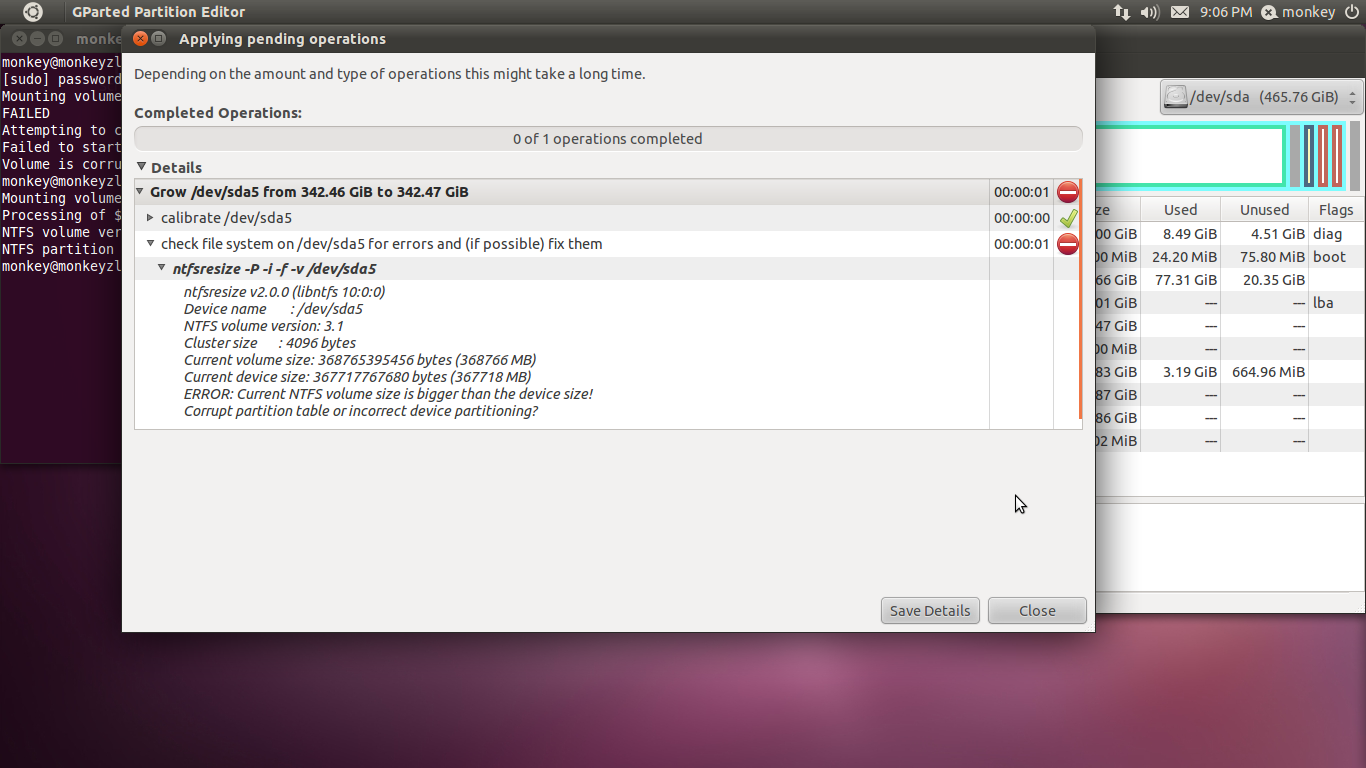
You may easily revert this configuration without any difficulties. You just rename NTLDR (-> XPLDR) / Bootmgr (-> vistaldr or win7ldr) and use GRLDR ( renamed as NTLDR or Bootmgr) and an appropriate menu.lst file, which also offers menu items for the Windows startup. I prefer Grub4DOS, because you do NOT need to overwrite Windows Boot sectors (MBR/PBR).
#GPARTED LIVE USB NTFS ISO#
Since the ISO image of GParted LIve is also a HDD image (isohybrid style), you can just copy it sector by sector to the stick and get a working GParted Live USB stick (you loose all other content, however).įor a HDD installation you need a Linux bootmanager. I prefer bootable USB flash drives / sticks / pendrives. So it makes only sense, if there is more than one internal harddisk ( and they are NOT joined in a RAID compound !). For a HDD installation you need a Linux bootmanager.

Since the ISO image of GParted LIve is also a HDD image (isohybrid style), you can just copy it sector by sector to the stick and get a working GParted Live USB stick (you loose all other content, however). My flash drive has 3 partitions: one NTFS partition, one HFS+ partition (in case the MacOS user I live with needs to borrow the flash drive), and the newly-made partition I hope to boot from. I prefer bootable USB flash drives / sticks / pendrives. It is highly recommended to backup any important files before doing resize/move operations. I figure that using the transparent compression feature of NTFS will help offset the slow reads and writes of my flash drive. By clicking on the yellow triangle with the exclamation mark you can find a short description of the problem.

Probably, the windows system didn't shut down properly. But be aware, that you can't do any partitioning operations to the booting harddisk. Re: SOLVED GParted unable to read NTFS partition while unmounted. Oh yes, there is a way to run GParted from a Windows based harddisk.
#GPARTED LIVE USB NTFS HOW TO#
Hi, I've seen the tutorial that describes how to boot the GParted Live CD from a hard disk running Linux and would like to know if there is a way to do the same thing on a Windows machine.


 0 kommentar(er)
0 kommentar(er)
